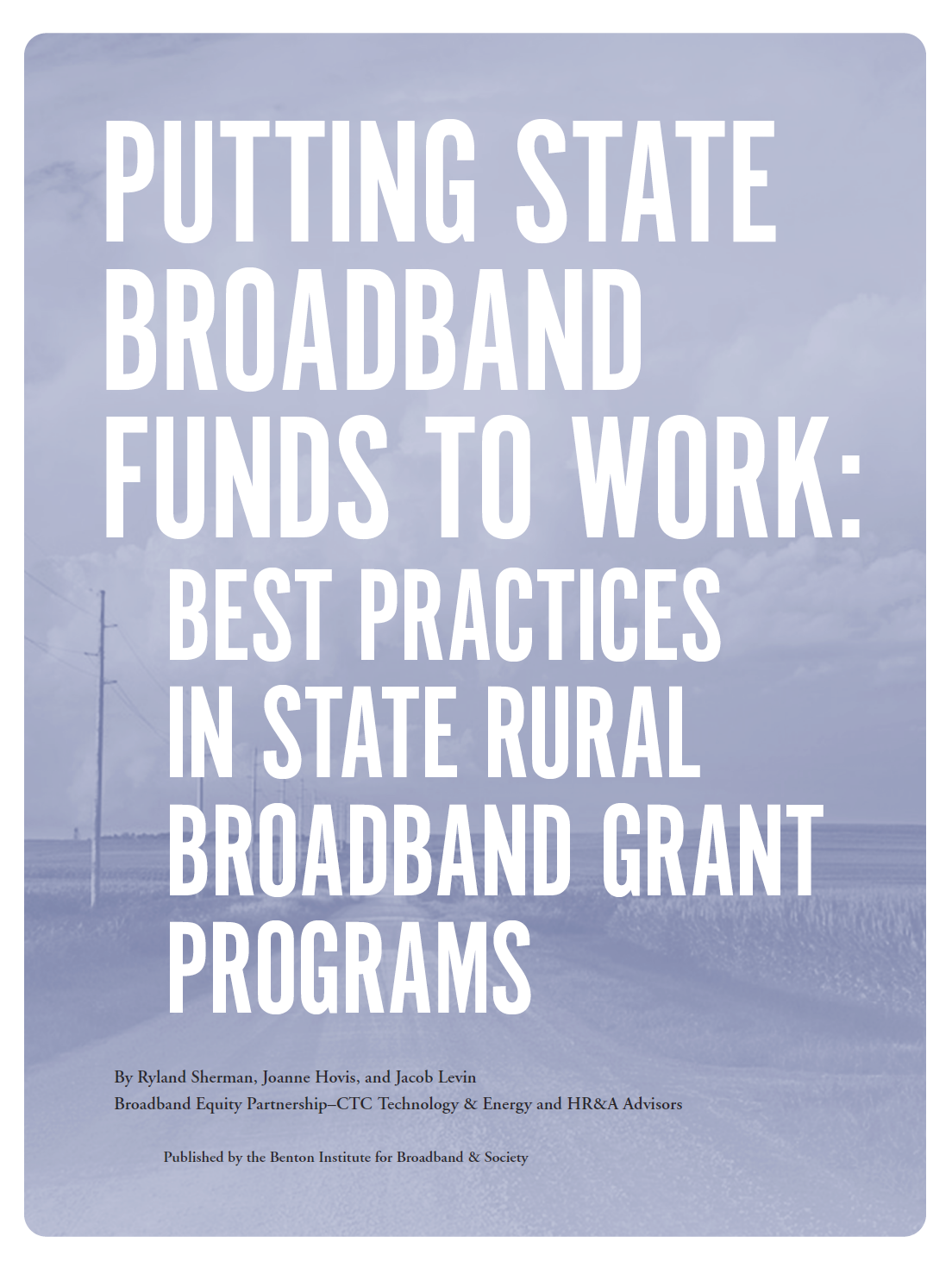Putting State Broadband Funds to Work: Best Practices In State Rural Broadband Grant Programs
Written by Ryland Sherman, Joanne Hovis, and Jacob Levin
After a year of pandemic and crisis, the scale of our national digital divide is at last recognized by policymakers at all levels, with federal, state, and local governments making unprecedented commitments to narrow the divide.
While most of the funds to address these challenges flow from the federal government, it is at the state, county, and local levels where remarkable innovation has developed.
Particularly critical in this moment are state-level efforts to distribute federal funds and incubate local initiatives.
Those states that have long-established programs for addressing rural broadband gaps offer a valuable history of lessons learned, both of what works and what doesn’t. Through more than a decade of significant efforts and experimentation in broadband funding strategies, new innovations and trends have emerged that offer insights for other states that are developing new rural broadband funding programs or retooling existing programs.
Given this rich set of data and experience, this paper describes the commonalities among many of the leading state rural broadband funding programs and recommends best practices. In subsequent case studies to be published online later this year, we will illustrate these programs and practices in more depth.


